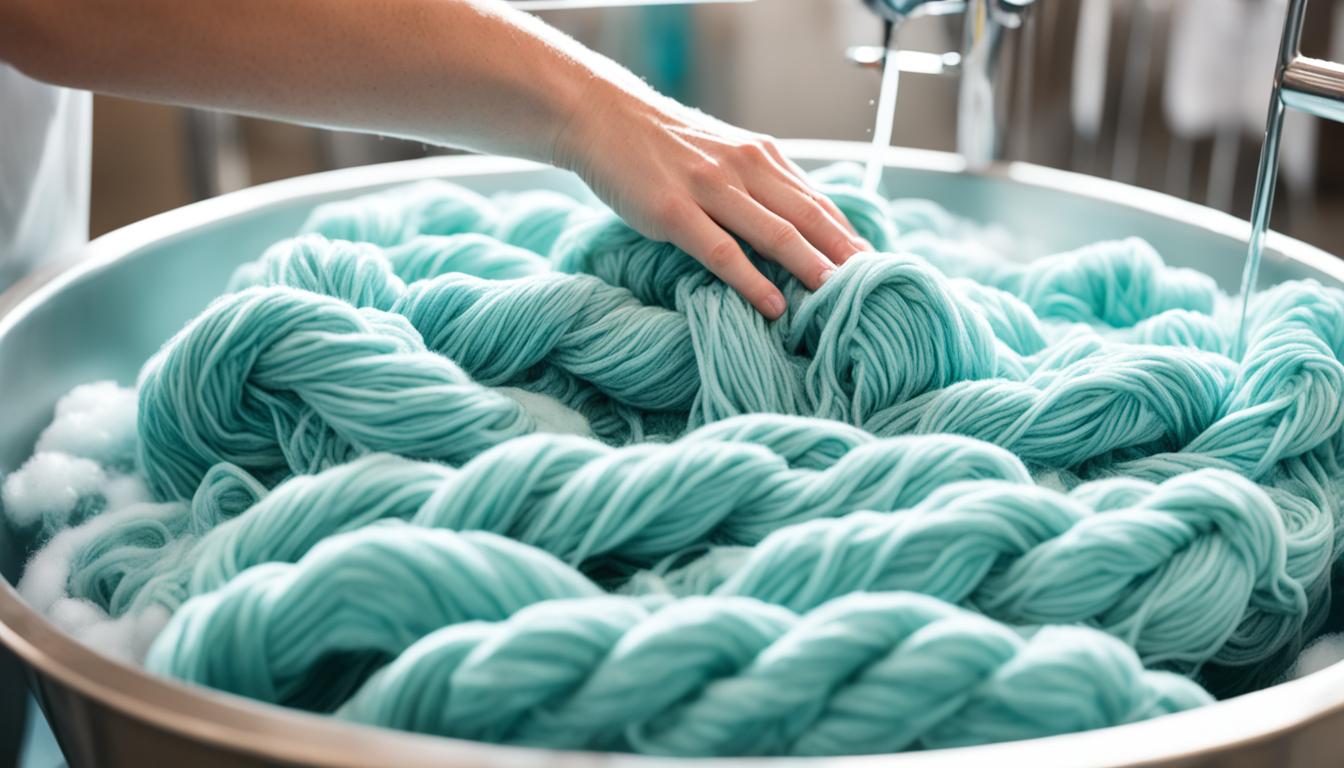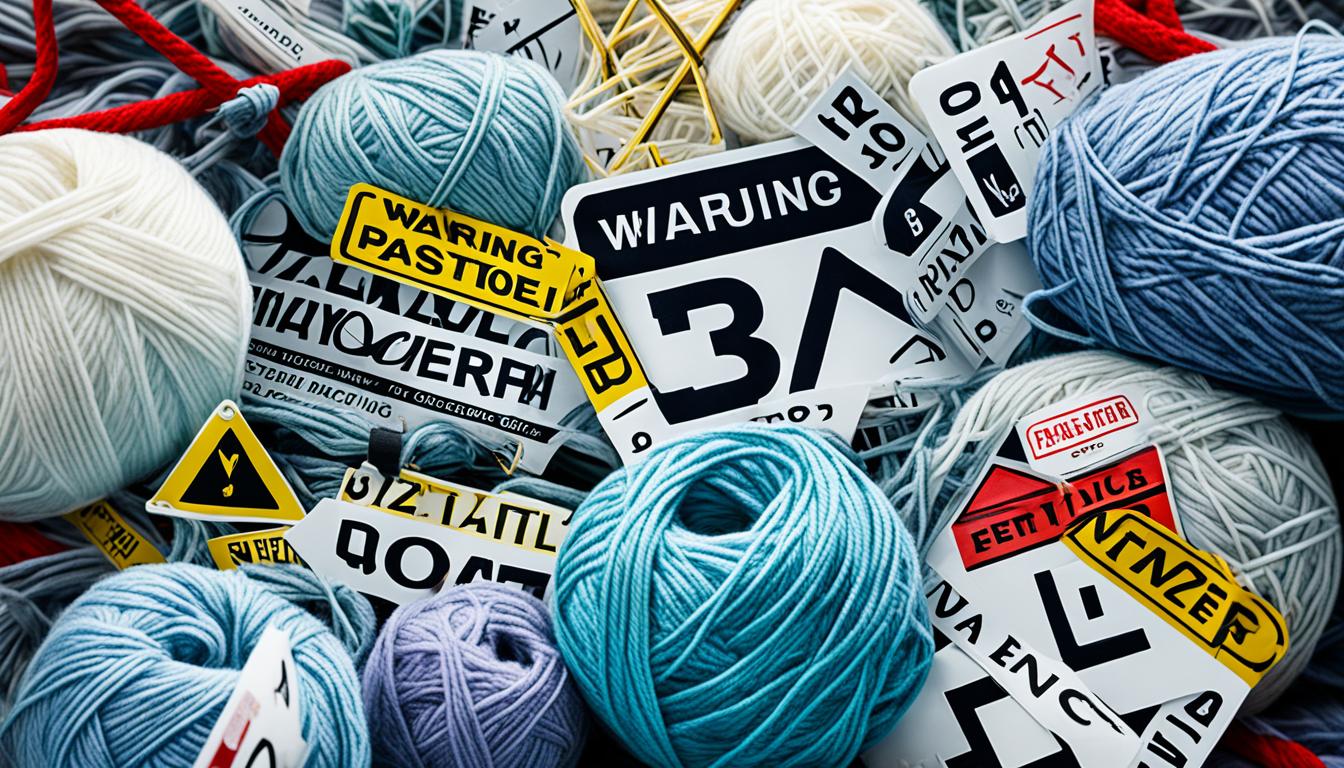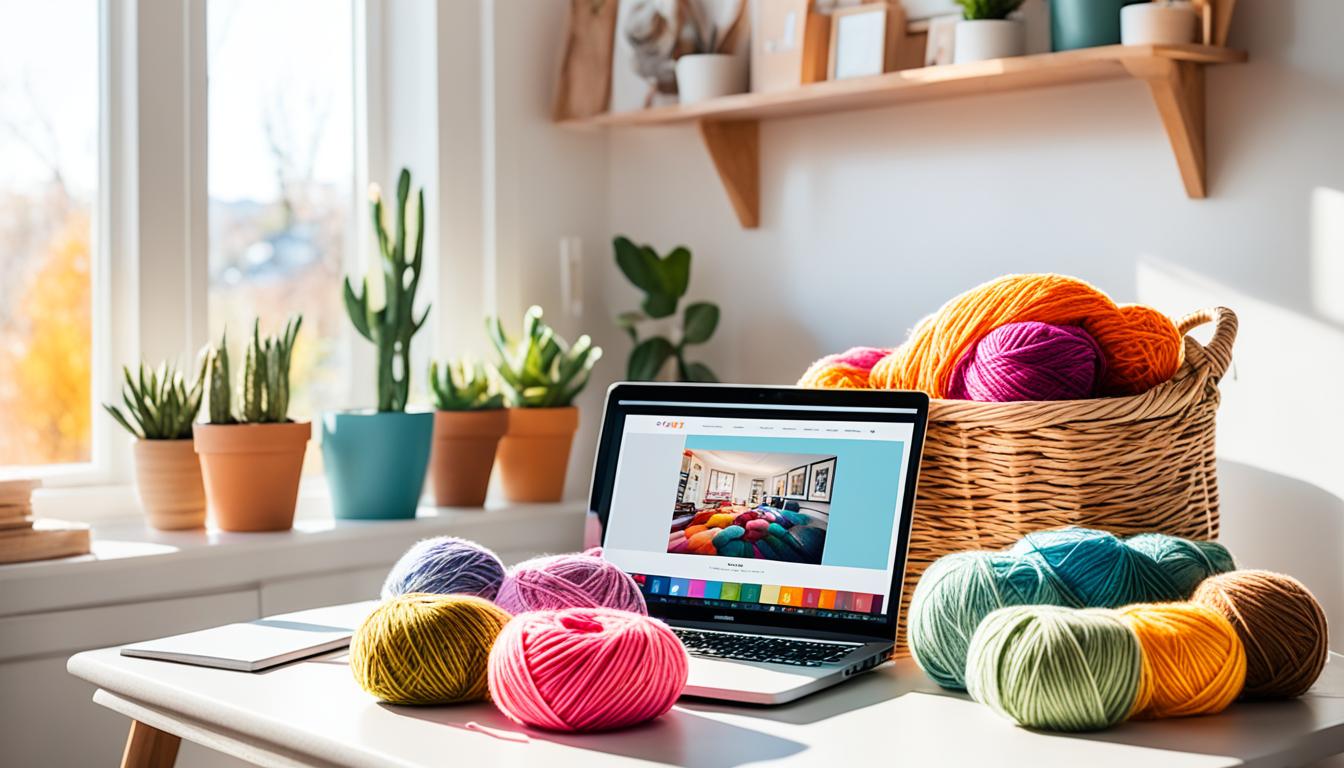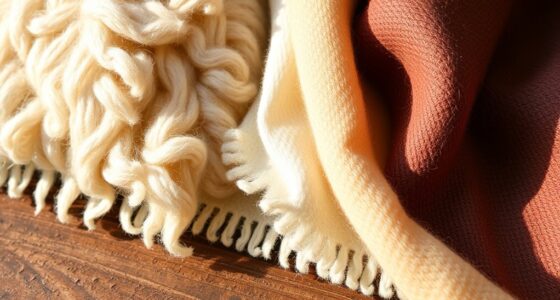Are you in love with the luxurious texture and vibrant colors of Bernat Velvet Yarn but unsure about how to keep it clean and well-maintained? Don’t worry, we’ve got you covered!
Whether you’re working with Bernat Baby Velvet or Bernat Velvet, it’s essential to understand the best practices for washing and caring for this delicate yarn. By following the right techniques, you can prolong the life of your velvet creations and ensure they remain as soft and beautiful as the day you made them.
In this article, we will share expert advice on washing velvet yarn, cleaning tips, and proper care instructions. Get ready to dive into the world of velvet yarn maintenance and discover how to keep your projects looking their best!
Key Takeaways:
- Follow the label instructions and use the appropriate washing method for the type of velvet yarn you have (hand wash or machine washable).
- Exercise tight tension when working with velvet yarn to prevent stitches from coming loose.
- Try the wide half double crochet stitch or front and back post double crochet for secure stitches.
- Make a practice swatch to test tension and gauge before starting a project with velvet yarn.
- Proper care and maintenance are crucial to maintain the velvety texture of your projects.
The Characteristics of Bernat Velvet Yarn
Bernat Velvet Yarn is beloved for its plush texture and vibrant colors. This luxurious yarn offers exceptional warmth and drape, making it ideal for a variety of knit or crochet projects. Whether you’re creating cozy blankets, stylish garments, or stunning home décor items, Bernat Velvet Yarn will elevate your creations to the next level.
With its plush texture, Bernat Velvet Yarn creates a luxurious feel that adds a touch of elegance to any project. The yarn’s vibrant colors provide endless possibilities for expressing your creativity. From rich jewel tones to soft pastels, you can find the perfect shade to bring your vision to life.
Not only does Bernat Velvet Yarn offer visual appeal, but it also provides exceptional practicality. The yarn’s warmth and drape ensure that your finished projects are as comfortable as they are beautiful. Whether you’re snuggling up in a velvet blanket or wearing a velvet sweater, you’ll appreciate the cozy and soft feel against your skin.
Bernat Velvet Yarn is classified as a bulb weight yarn, making it easy to work with and perfect for beginners and experienced crafters alike. Made from 100% polyester, this yarn is not only durable but also long-lasting. Each skein of Bernat Velvet Yarn measures approximately 315 yards in length, providing ample material for your creative endeavors.
When working with Bernat Velvet Yarn, it is recommended to use a 6.5 mm knitting needle or a 6 mm crochet hook. This ensures that the yarn’s unique characteristics are maximized and that your stitches have the desired tension and definition.
| Yarn Weight | Composition | Length | Recommended Needle Size |
|---|---|---|---|
| Bulb Weight | 100% Polyester | Approximately 315 yards | 6.5 mm knitting needle 6 mm crochet hook |
Appropriate Projects for Bernat Velvet Yarn
Bernat Velvet Yarn is a versatile yarn that lends itself well to a variety of projects. Whether you’re looking to create cozy home décor items or stylish clothing pieces, this yarn’s plush finish and rich texture will add a touch of luxury to your creations.
When it comes to home décor, Bernat Velvet Yarn is perfect for crafting blankets, pillows, and poufs. Its glossy and silky texture elevates the look of these pieces, giving them a high-end feel. You can create plush and inviting spaces with the warmth and comfort that velvet yarn provides.
For fashion-forward individuals, Bernat Velvet Yarn is ideal for making clothing pieces that exude elegance and style. Whether it’s scarves, hats, sweaters, or shawls, the softness and draping qualities of velvet yarn will elevate your wardrobe. You’ll love the way these garments feel against your skin, thanks to the luxurious velvet texture.
One of the advantages of Bernat Velvet Yarn is that it’s perfect for fast projects. The chunky weight of the yarn allows you to complete your creations quickly, making it an excellent choice for beginners or those who prefer fast results. Whether you’re arm knitting a cozy blanket or whipping up a trendy accessory, Bernat Velvet Yarn will help you achieve your desired project in no time.
Although Bernat Velvet Yarn is perfect for fast and satisfying projects, it’s worth mentioning that intricate patterns may not show up as well due to the yarn’s thickness. However, the plush finish of the yarn will compensate for any intricate details, resulting in a stunning and luxurious finished piece.
Now that you know the versatility of Bernat Velvet Yarn, it’s time to get creative and embark on your next crafting adventure. Whether you choose to create beautiful home décor items or fashionable clothing pieces, the plush texture and smooth feel of Bernat Velvet Yarn will elevate your projects to new heights of luxury and sophistication.
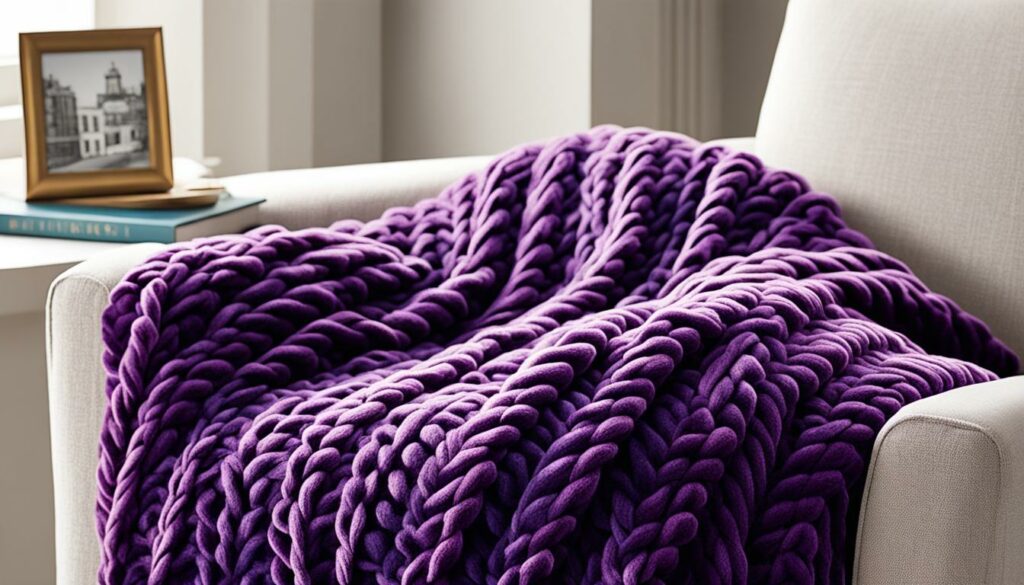
Different Varieties of Bernat Velvet Yarn
Bernat Velvet Yarn offers a range of varieties, each with its own unique characteristics. Understanding the differences between these varieties is essential in choosing the most suitable yarn type for your project.
Classic Bernat Velvet
Classic Bernat Velvet offers a luxurious and silky soft finish. The plush texture of this yarn makes it perfect for creating cozy and elegant projects. It is particularly well-suited for scarves, blankets, and hats.
Bernat Baby Velvet
Bernat Baby Velvet is specifically designed for baby projects. It is incredibly soft and gentle on baby’s delicate skin, making it ideal for creating baby blankets, clothing, and accessories.
Bernat Crushed Velvet
Bernat Crushed Velvet adds a unique crushed effect to your projects, providing depth of color and texture. This variety is perfect for adding a touch of sophistication and visual interest to scarves, wraps, and other creative endeavors.
These different varieties of Bernat Velvet Yarn offer diverse options for your knitting or crocheting projects. Each type has its own distinctive qualities, creating endless possibilities for your creations.
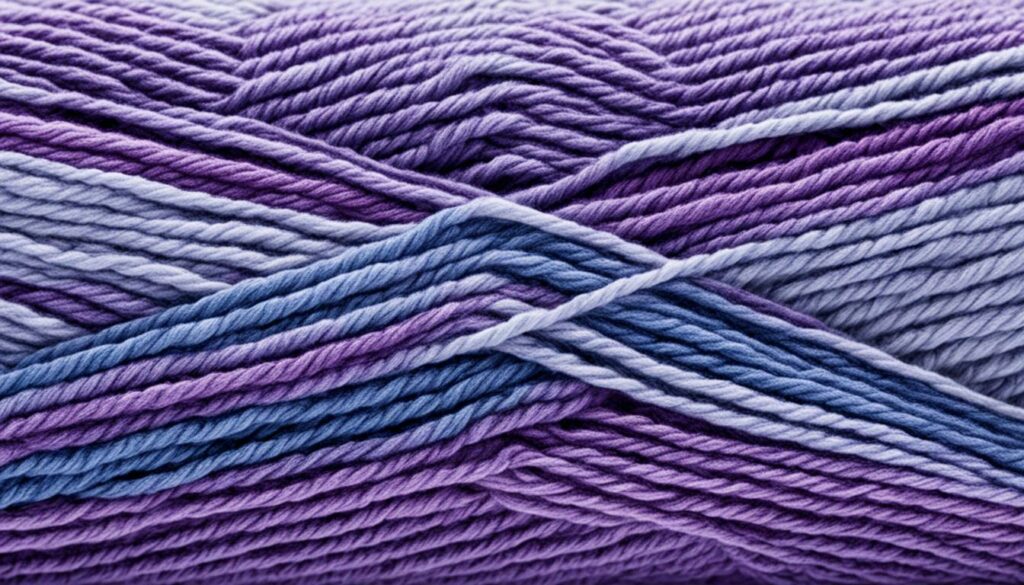
Explore the rich variety of Bernat Velvet Yarn and choose the perfect one for your next project!
Care and Maintenance of Bernat Velvet Yarn
Proper care is essential to maintain the velvety texture of Bernat Velvet Yarn. Follow these maintenance tips and care instructions to ensure your velvet yarn projects stay beautiful and long-lasting.
Washing Velvet Yarn
When it comes to washing velvet yarn, there are a few options depending on the type of yarn you have. For washable velvet yarn, you can either hand wash it or machine wash it on a delicate cycle with cold water. Be sure to use a gentle detergent to prevent any damage or loss of texture. Washing velvet yarn in warm or hot water can cause the fibers to shrink or lose their softness, so it’s best to stick with cold water.
Pro tip: Always check the care instructions on the yarn label for specific washing recommendations.
Drying Velvet Yarn
After washing, it’s important to properly dry your velvet yarn to avoid damaging the fibers. Drying velvet yarn can be done by tumble drying on a low heat setting or by laying it flat to air dry. Avoid using high heat or direct sunlight, as they can cause the yarn to lose its softness and luster.
Maintenance Tips
To keep your velvet yarn projects looking their best, here are some additional maintenance tips:
- Trim loose fibers: Velvet yarn may shed or develop occasional fuzzing over time. To control this, trim loose fibers with scissors. Be careful not to cut into the yarn itself.
- Use a clothing brush: Regularly brushing your velvet pieces with a clothing brush can help remove dust and lint, keeping them looking fresh and vibrant.
By following these proper care instructions, you can ensure that your Bernat Velvet Yarn projects retain their plush texture and beautiful appearance for years to come.
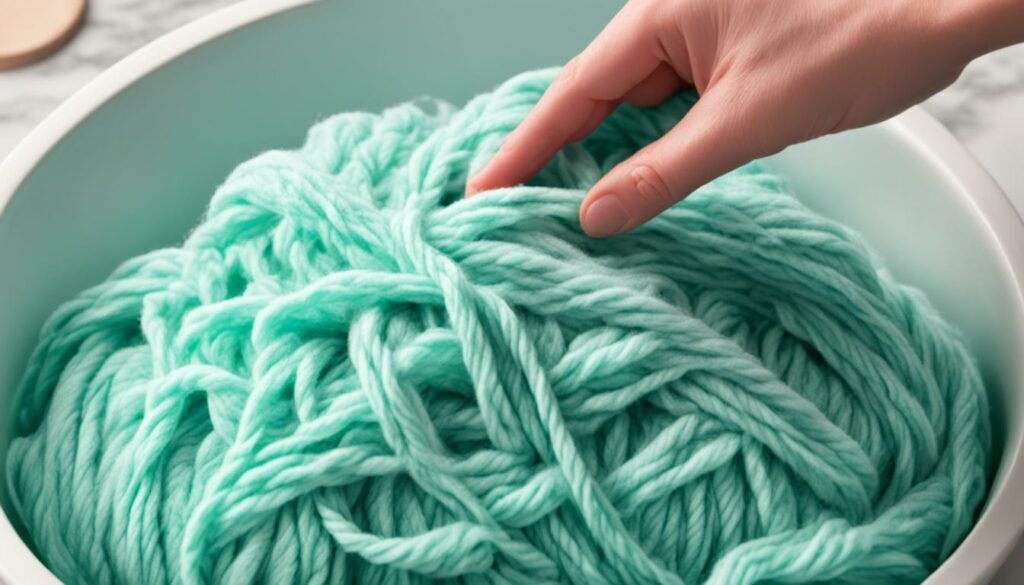
Review Analysis of Bernat Velvet Yarn
When it comes to Bernat Velvet Yarn, users have overwhelmingly positive reviews. One of the standout features of this yarn is its rich texture, which adds depth and dimension to any project. The luxurious feel of the yarn is highly praised, as it creates a cozy and comforting experience for both the maker and the recipient.
Another aspect that receives high praise is the elegant color selection. Bernat Velvet Yarn is available in a wide range of vibrant and sophisticated colors, allowing creators to bring their visions to life with style and flair.
“The texture of Bernat Velvet Yarn is absolutely stunning. It feels like a dream in your hands and creates the most beautiful finished projects.”
Challenges in Working with Velvet Yarn
While users are captivated by the allure of Bernat Velvet Yarn, some have encountered challenges when working with its slippery texture. It can be tricky to maintain tension and prevent stitches from slipping. However, with a bit of practice and patience, these challenges can be overcome.
One helpful tip is to tighten stitches slightly to ensure a secure hold. Additionally, creating a practice swatch before starting a project allows for testing tension and gauge, further aiding in achieving the desired results with this luxurious yarn.
Proper Care and Maintenance
For projects made with Bernat Velvet Yarn to stand the test of time, proper care and maintenance are crucial. To preserve the rich texture and color vibrancy, it’s recommended to hand wash the yarn or use a delicate cycle on a washing machine. Cold water is ideal to prevent any potential damage to the fibers.
Drying should be done on a low setting or by laying the project flat to avoid overheating the yarn. Additionally, periodic brushing with a clothing brush helps remove any dust or lint that may accumulate over time.
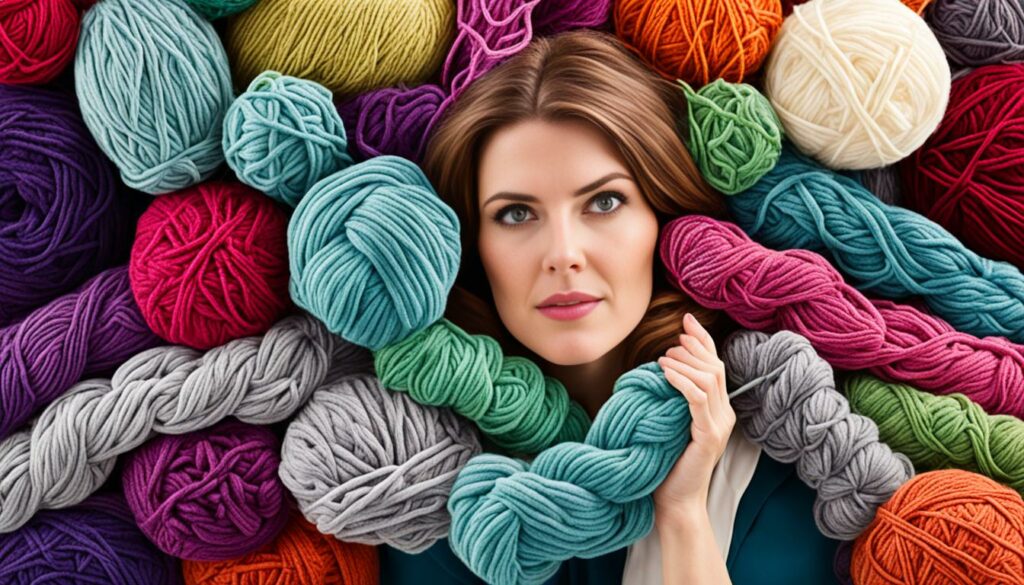
Overall, the positive reviews speak volumes about the quality and appeal of Bernat Velvet Yarn. Its rich texture, luxurious feel, and elegant colors make it a top choice for those seeking to create plush and stylish projects. While it may present some challenges in working with its slippery texture, the results are well worth the effort. By following proper care and maintenance practices, your creations will continue to shine with the beauty and opulence that Bernat Velvet Yarn provides.
Common Questions About Bernat Velvet Yarn
As you explore the world of Bernat Velvet Yarn, you may have some common questions about this luxurious and versatile yarn. Let’s address some of these questions to help you better understand and make the most of your crafting experience.
Is Bernat Velvet Yarn suitable for crochet projects?
Absolutely! Bernat Velvet Yarn is perfect for crochet projects. Its plush texture and smooth feel make it a joy to work with. Whether you’re creating cozy blankets, stylish accessories, or adorable amigurumi, this yarn will bring a touch of elegance to your crochet creations.
Can Bernat Velvet Yarn be machine washed?
Yes, Bernat Velvet Yarn can be machine washed on a delicate cycle. Just make sure to use cold water to preserve the softness and vibrant colors. To prevent the yarn from tangling, place it in a mesh laundry bag or pillowcase before putting it in the washing machine. Always follow the care instructions on the yarn label to ensure optimal results.
What colors are available in Bernat Velvet Yarn?
Bernat Velvet Yarn offers a wide range of beautiful colors to choose from. Whether you prefer neutral tones, bold shades, or pastel hues, you’ll find the perfect color for your project. From rich jewel tones to soft pastels, the color options are sure to inspire your creativity.
Does Bernat Velvet Yarn shed or pill easily?
With proper care, shedding and pilling can be minimized. Bernat Velvet Yarn is made of high-quality polyester, which helps reduce shedding compared to natural fibers. To prevent pilling, avoid excessive friction and rubbing. If you notice any loose fibers or pills, simply trim them with scissors. Following these care tips will help maintain the soft and comfortable feel of your velvet creations.
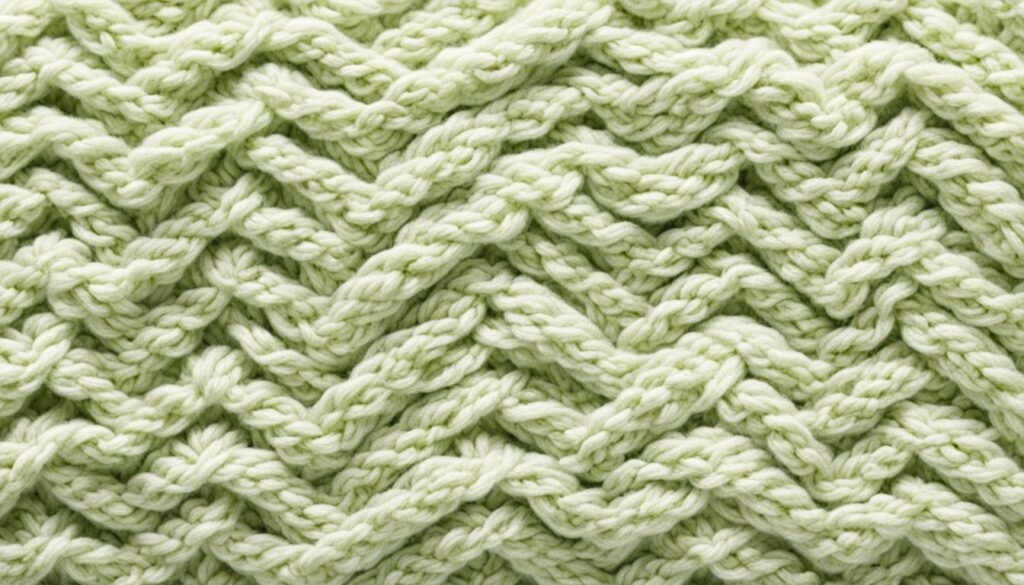
| Common Questions About Bernat Velvet Yarn | Answers |
|---|---|
| Is Bernat Velvet Yarn suitable for crochet projects? | Absolutely! Bernat Velvet Yarn is perfect for crochet projects. Its plush texture and smooth feel make it a joy to work with. |
| Can Bernat Velvet Yarn be machine washed? | Yes, Bernat Velvet Yarn can be machine washed on a delicate cycle. Just make sure to use cold water to preserve the softness and vibrant colors. |
| What colors are available in Bernat Velvet Yarn? | Bernat Velvet Yarn offers a wide range of beautiful colors to choose from. Whether you prefer neutral tones, bold shades, or pastel hues, you’ll find the perfect color for your project. |
| Does Bernat Velvet Yarn shed or pill easily? | With proper care, shedding and pilling can be minimized. Bernat Velvet Yarn is made of high-quality polyester, which helps reduce shedding compared to natural fibers. |
Popular Patterns Suitable for Bernat Velvet Yarn
Create stunning and luxurious projects with Bernat Velvet Yarn using these popular patterns. The plush and soft texture of the yarn enhances the stitch definition, resulting in beautiful finished pieces. Whether you’re looking to add a touch of elegance to your home decor or create cozy clothing accessories, Bernat Velvet Yarn has you covered.
Variety of Patterns
With Bernat Velvet Yarn, you can make a variety of projects to suit your style and needs. Here are a few popular patterns that work exceptionally well with this yarn:
- Venetian Dreams Velvet Circle Pillow: This pattern creates a cozy and stylish throw pillow with a luxurious velvet finish. It’s perfect for adding a touch of elegance to your living room or bedroom.
- Regal Crushed Velvet Throw: This pattern features a crushed velvet throw blanket that adds depth and texture to any space. It’s ideal for snuggling up on the couch or as a decorative accent piece.
- Elegant Velvet Cardigan: Create a chic and fashionable cardigan with this pattern. The softness of the yarn makes it lightweight and comfortable, perfect for layering during transitional seasons.
- Twist Headband: This pattern allows you to make a trendy headband with a twist detail. The velvet yarn adds a touch of sophistication, making it a stylish accessory for any outfit.
- Vibrant Velvet Slouchy V-Neck Knit Sweater: Knit a cozy and fashionable sweater using this pattern. The slouchy v-neck design combined with the velvet yarn creates a relaxed yet chic look.
These patterns showcase the versatility of Bernat Velvet Yarn and how it can be used to create a range of projects, from home decor to fashion accessories. Whether you’re a beginner or an experienced knitter or crocheter, these patterns offer an opportunity to explore the unique qualities of Bernat Velvet Yarn.

Pattern Recommendations
When working with Bernat Velvet Yarn, it’s important to swatch with the yarn and pattern stitch to achieve the desired gauge and ensure the best results. Additionally, consider the following tips:
- For the velvet circle pillow and crushed velvet throw patterns, the plush texture of Bernat Velvet Yarn adds an extra level of comfort and luxury.
- The velvet cardigan pattern allows you to create a stylish and sophisticated garment that can be dressed up or down.
- The twist headband pattern is a quick and fun project that showcases the softness and elegance of the velvet yarn.
- The velvet slouchy v-neck knit sweater pattern is perfect for those looking to create a cozy and trendy wardrobe staple.
By following the recommended patterns and tips, you’ll be able to create beautiful and fashionable projects using Bernat Velvet Yarn. Enjoy the process of working with this luxurious yarn and let your creativity shine.
Conclusion
In conclusion, Bernat Velvet Yarn offers a versatile and luxurious option for your knitting and crochet projects. With its plush texture and vibrant colors, this yarn can transform your creations into beautiful and eye-catching pieces. Whether you choose to hand wash or machine wash on a delicate cycle, proper care and maintenance are essential to preserve the velvety feel of the yarn. Remember to choose the appropriate stitch and practice tension to overcome any challenges you may encounter while working with velvet yarn.
By following these washing tips and care instructions, you can ensure that your Bernat Velvet Yarn projects remain soft, cozy, and long-lasting. This versatile yarn opens up a world of possibilities, allowing you to create everything from warm blankets and stylish scarves to decorative pillows and fashionable garments. With its ability to add a touch of luxury to any project, Bernat Velvet Yarn truly stands out as a must-have in any yarn stash.
So go ahead, unleash your creativity, and explore the endless possibilities of Bernat Velvet Yarn. With its versatility and stunning aesthetics, this yarn is sure to elevate your knitting and crochet projects to new heights of beauty and comfort. Get started today and experience the joy of working with this exceptional yarn!
